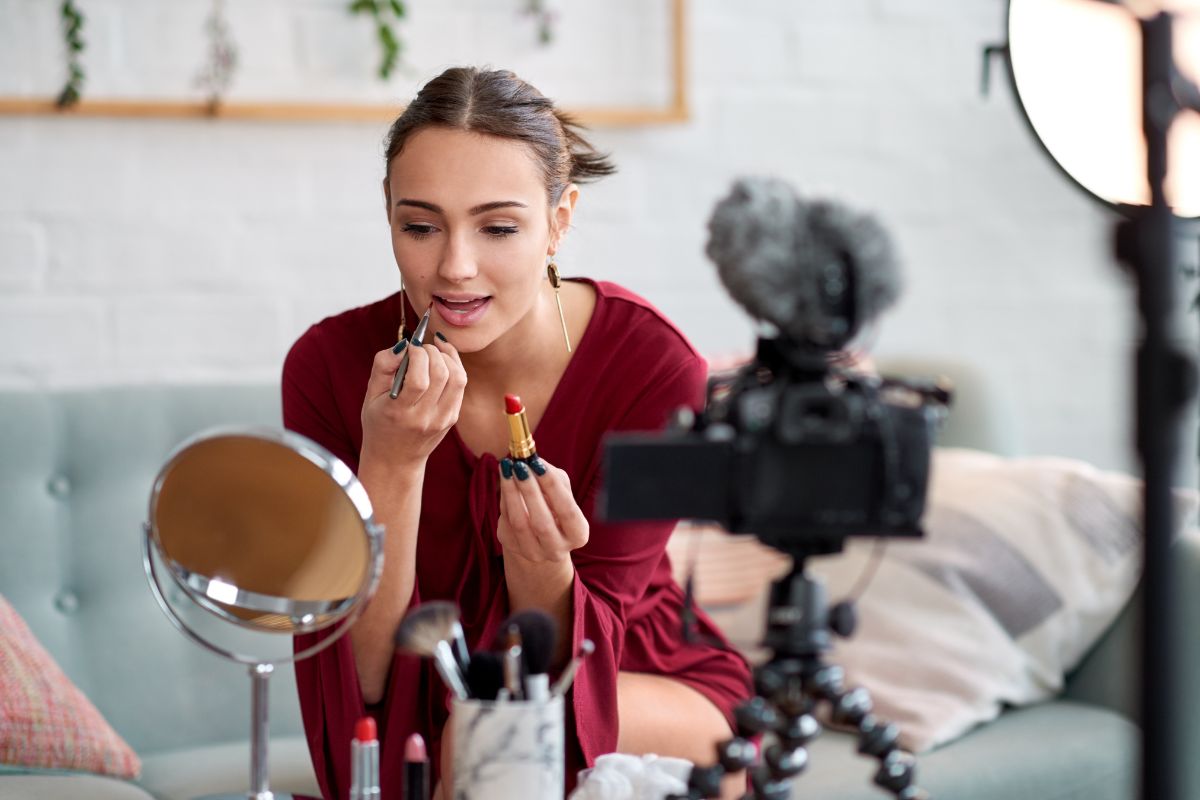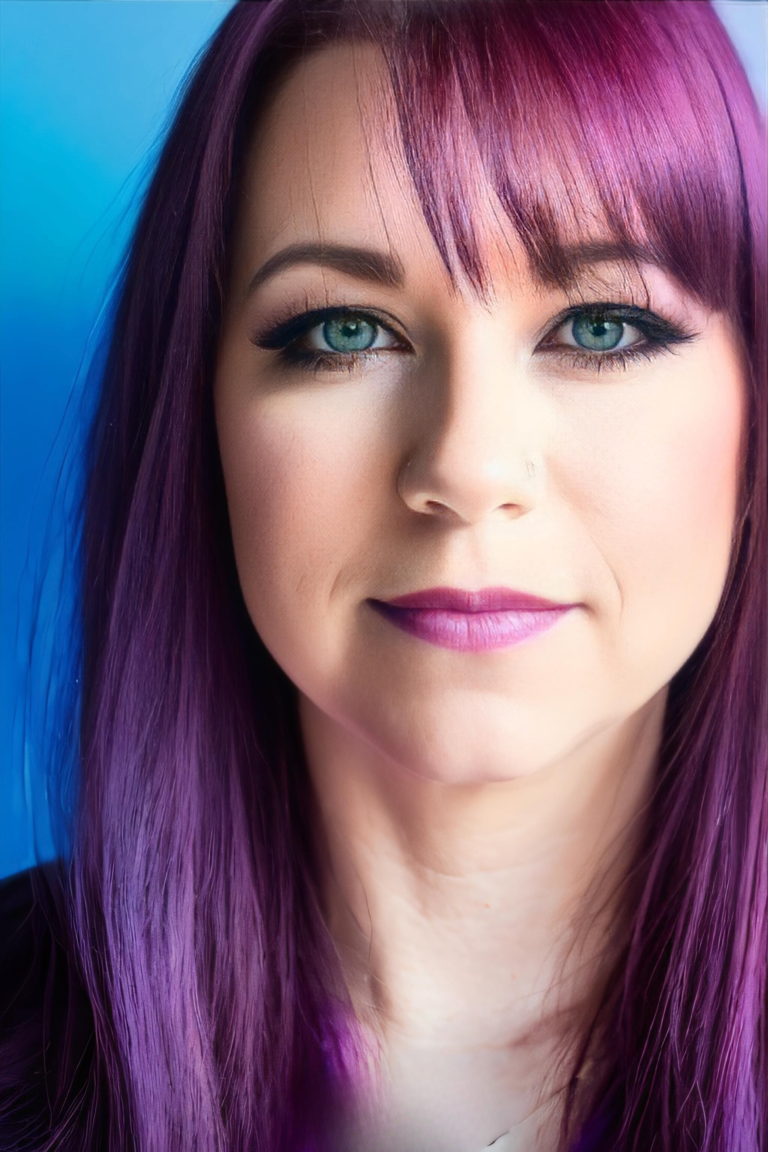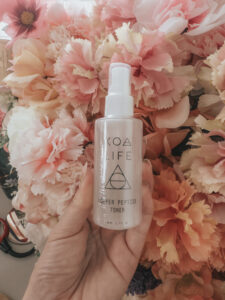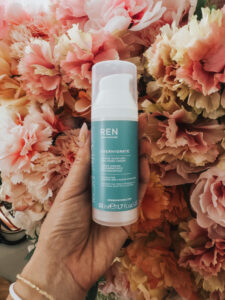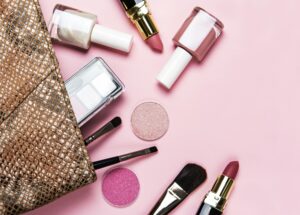Social media has profoundly influenced how young people, generally defined as individuals between 18 and 30 years old, perceive beauty and self-worth. This demographic — Millennials and Gen Z — has grown up in a hyperconnected world where physical appearance is frequently broadcasted and scrutinized online. Cosmetic procedures like lip fillers, Botox, and body contouring have become normalized through social media platforms like Instagram and TikTok. Yet, while these trends can empower some, they also introduce risks that warrant careful consideration.
According to Stella Dinnis, Chief of Operations at St. Pete Wellness and Med Spa, “Social media has opened the door for aesthetic procedures to feel more accessible and routine, but it’s important for young people to think critically about whether these changes align with their long-term happiness or are driven by social pressure.” This growing trend highlights both the opportunities and the challenges that arise when cosmetic surgery intersects with digital culture.
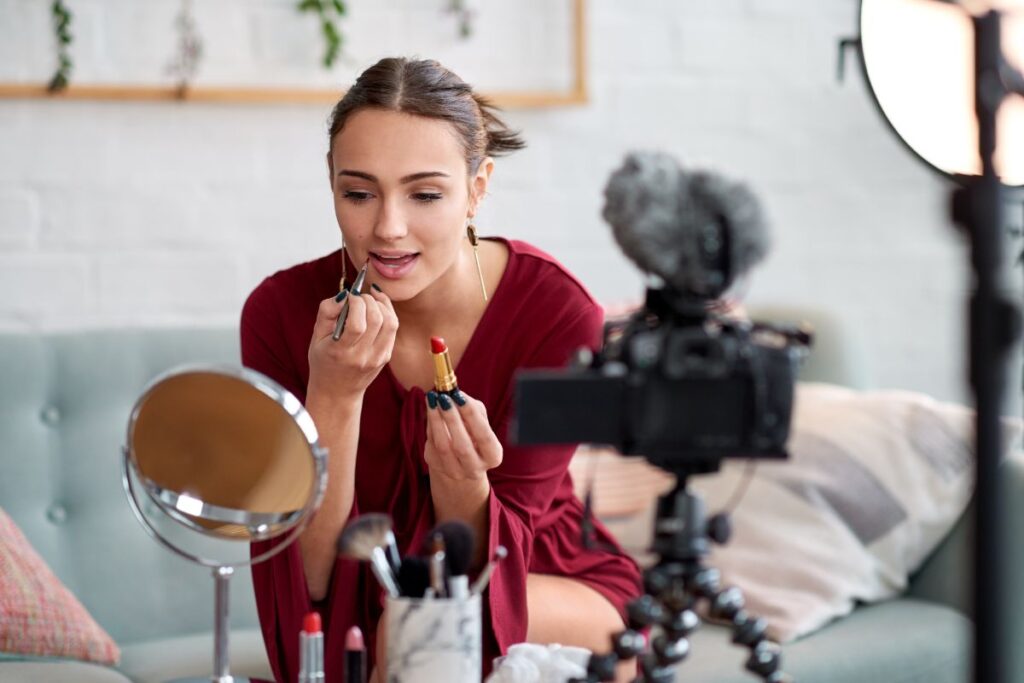
Influence of social media
Platforms like Instagram and TikTok have played a pivotal role in popularizing cosmetic surgery. By featuring before-and-after transformations and personal testimonials, these platforms have contributed to making surgery appear both attainable and aspirational.
A 2024 report highlights that exposure to curated content often increases young users’ interest in aesthetic enhancements. Additionally, video content has become a particularly effective tool for clinics, allowing potential patients to visualize outcomes through virtual consultations and augmented reality filters.
However, social media’s influence is not solely positive. Many young users are drawn into what experts call “upward social comparisons,” measuring their appearance against digitally enhanced or surgically altered versions of others. This comparison can amplify feelings of inadequacy, motivating some users to seek aesthetic changes to align with idealized beauty standards.
Furthermore, augmented reality filters on apps like Instagram or Snapchat give users a preview of how they could look with enhancements, further driving the desire for procedures. The concept of “Snapchat Dysmorphia” has emerged from this trend, where patients seek surgical changes that mimic their filtered selfies. This phenomenon highlights the pressure young people feel to meet unattainable beauty standards created by social media’s visual nature. Clinics have adapted to these trends by offering virtual consultations through these platforms, adding convenience and encouraging snap decisions regarding treatments.
The psychological impact
While cosmetic procedures can enhance self-confidence, social media’s influence on mental health is a double-edged sword. Research shows that constant exposure to idealized images fosters body dissatisfaction, anxiety, and even body dysmorphic disorder (BDD) among users, particularly those who engage heavily with visual platforms like Instagram. The pressure to conform to these beauty ideals leads to an ongoing cycle of comparison, often at the expense of self-esteem.
In many cases, young people pursue cosmetic surgery, hoping it will resolve deeper emotional insecurities. However, research shows that cosmetic interventions do not always improve long-term well-being. Instead, individuals may become trapped in a cycle of dissatisfaction, continually seeking new procedures to address shifting insecurities.
Dinnis emphasizes the need for a balanced approach when consulting with younger patients. “We see a lot of clients whose insecurities are amplified by what they see online. It’s crucial to remind them that enhancing their looks isn’t a cure for deeper emotional challenges,” she says. This highlights the importance of understanding the psychological drivers behind the desire for cosmetic interventions.
Weighing the pros and cons of early cosmetic surgery
Pursuing cosmetic procedures at a young age offers both benefits and risks. On the one hand, addressing insecurities early can foster confidence and prevent long-term emotional distress. Treatments like Botox, which are used preventively, appeal to younger clients seeking to delay visible signs of aging. However, cosmetic surgery can also carry significant risks, especially when influenced by social pressure or trends that may not align with long-term goals.
Repeated procedures can create a cycle where individuals continually chase new beauty standards promoted online. Dinnis points out, “trends shift fast. What’s fashionable today might not feel right in a few years, but surgery is permanent.” This highlights the importance of thoughtful decision-making when it comes to body modifications.
The growing popularity of cosmetic surgery among young people reflects the complex relationship between social media, self-image, and beauty standards. While platforms like Instagram and TikTok have increased access to aesthetic information, they also promote unrealistic ideals that can have lasting psychological effects. As social media continues to shape the aesthetic landscape, the importance of mental health awareness in the cosmetic surgery journey cannot be overstated.
“Young people need to approach cosmetic procedures as a personal choice, not a requirement to fit in,” Dinnis advises. With the right guidance, young individuals can make decisions that reflect their authentic desires rather than fleeting trends. Balancing these influences will allow them to navigate the world of aesthetic enhancements in a way that aligns with both their inner and outer well-being.

